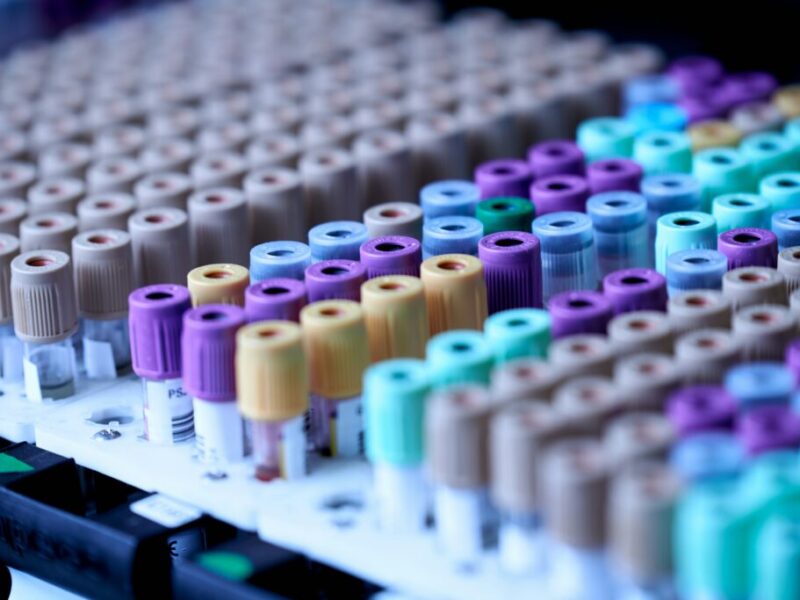Turbines are fascinating machines that form the backbone of modern energy systems, efficiently converting kinetic energy from fluids or air into mechanical work or electrical power. Through innovative designs and technologies, turbines have transformed various energy sectors, driving advancements in sustainability and efficiency. Their adaptability to diverse energy sources highlights their critical role in both traditional and renewable energy landscapes.
What is a turbine?
Turbines are mechanical devices that convert the energy of moving fluids into useful work, typically in the form of electrical power. They operate by utilizing the kinetic energy generated from fluid flow, whether it be steam, gas, water, or air, and turning it into rotational energy.
Historical context of turbines
The concept of turbines dates back to ancient civilizations. Early examples include wind wheels in Greece used for tasks, such as pumping water. As technology evolved, turbines became more sophisticated, transitioning to waterwheels and windmills that powered mills and machinery. The industrial revolution marked a significant leap in turbine design, leading to the steam turbine’s introduction, which revolutionized power generation.
Mechanisms of energy conversion
Turbines employ various mechanisms to achieve energy conversion effectively, crucial for their operational efficiency and effectiveness.
Mechanical gearing
Mechanical systems play a vital role in turbines by converting kinetic energy into usable forms. Gear systems can amplify rotational speeds, enhancing the efficiency of energy conversion processes and making the overall system more effective.
Electromagnetic induction
Modern turbine technology often involves electromagnetic induction, particularly in electrical power generation. By converting mechanical energy into electrical energy through electromagnetic fields, turbines contribute significantly to grid-connected systems and energy distribution networks.
Types of turbines
Different types of turbines cater to the unique requirements of various energy sources and applications.
Steam turbines
Steam turbines are commonly used in conventional power plants that rely on fossil fuels or nuclear energy. They operate by converting steam’s thermal energy into mechanical energy, which then drives generators to produce electricity. Their efficiency and reliability make them a staple in large-scale energy production.
Wind turbines
Wind turbines harness the power of wind to generate electricity. They operate on aerodynamic principles, where the wind’s kinetic energy spins blades connected to a generator. This renewable energy solution continues to grow in popularity due to its lower environmental impact and sustainability.
Gas turbines
Gas turbines are known for their fuel efficiency and versatility. Used predominantly in power generation and aviation, they operate by combusting gas to produce hot exhaust gases that spin the turbine. This type of turbine is crucial for high-performance applications, such as jet engines and power plants.
Hydroelectric turbines
Hydroelectric turbines convert the energy of flowing water into electricity. They are a significant component of hydroelectric power plants, which generate renewable energy while minimizing greenhouse gas emissions. Their ability to provide stable power and flexibility in operation makes them vital in energy systems.
Applications across industries
Turbines play a key role in multiple sectors, facilitating various applications that drive productivity and innovation.
Power generation
In power generation, turbines are indispensable. They convert energy from steam, wind, gas, or water into electrical energy, providing power to homes, industries, and businesses. Their efficiency and reliability make them essential for large and small-scale energy needs.
Aerospace and aviation
In the aerospace sector, gas turbines are crucial for powering aircraft engines. They enhance performance and fuel efficiency, contributing to safer and more sustainable air travel. Their lightweight and high-power characteristics make them a preferred choice in aviation technology.
Oil and gas industry
Within the oil and gas industry, gas turbines are vital for applications like gas compression and driving pumps. Their robustness and efficiency ensure the seamless operation of refineries and other critical infrastructure components.
Challenges facing turbines
Despite their advantages, turbines face several challenges that impact their efficiency and integration into modern energy systems.
Efficiency optimization
Ongoing advancements focus on improving turbine designs, particularly in aerodynamic performance and energy capture. Innovations in materials and design are critical to enhancing the overall efficiency of turbines in various applications.
Environmental impact
While turbines contribute to renewable energy, concerns about their environmental impact persist, particularly for wind turbines. Issues such as noise pollution and wildlife disruption are important considerations that drive research into mitigating these impacts through innovative technologies.
Grid integration
Integrating turbine technology into existing electrical grids is critical, especially for renewable sources. Challenges such as variability in energy output and the need for storage solutions must be addressed to enhance grid stability and reliability.
Maintenance and reliability
Regular maintenance is essential for turbine performance and longevity. Advanced technologies, such as predictive maintenance and remote monitoring, are being developed to enhance reliability and facilitate easier service access, even in remote locations.
Cost competitiveness
The cost of turbine technologies remains a significant barrier to wider adoption. Reducing capital and operational costs is crucial for promoting the deployment of turbines, particularly in emerging markets and developing renewable energy projects.

